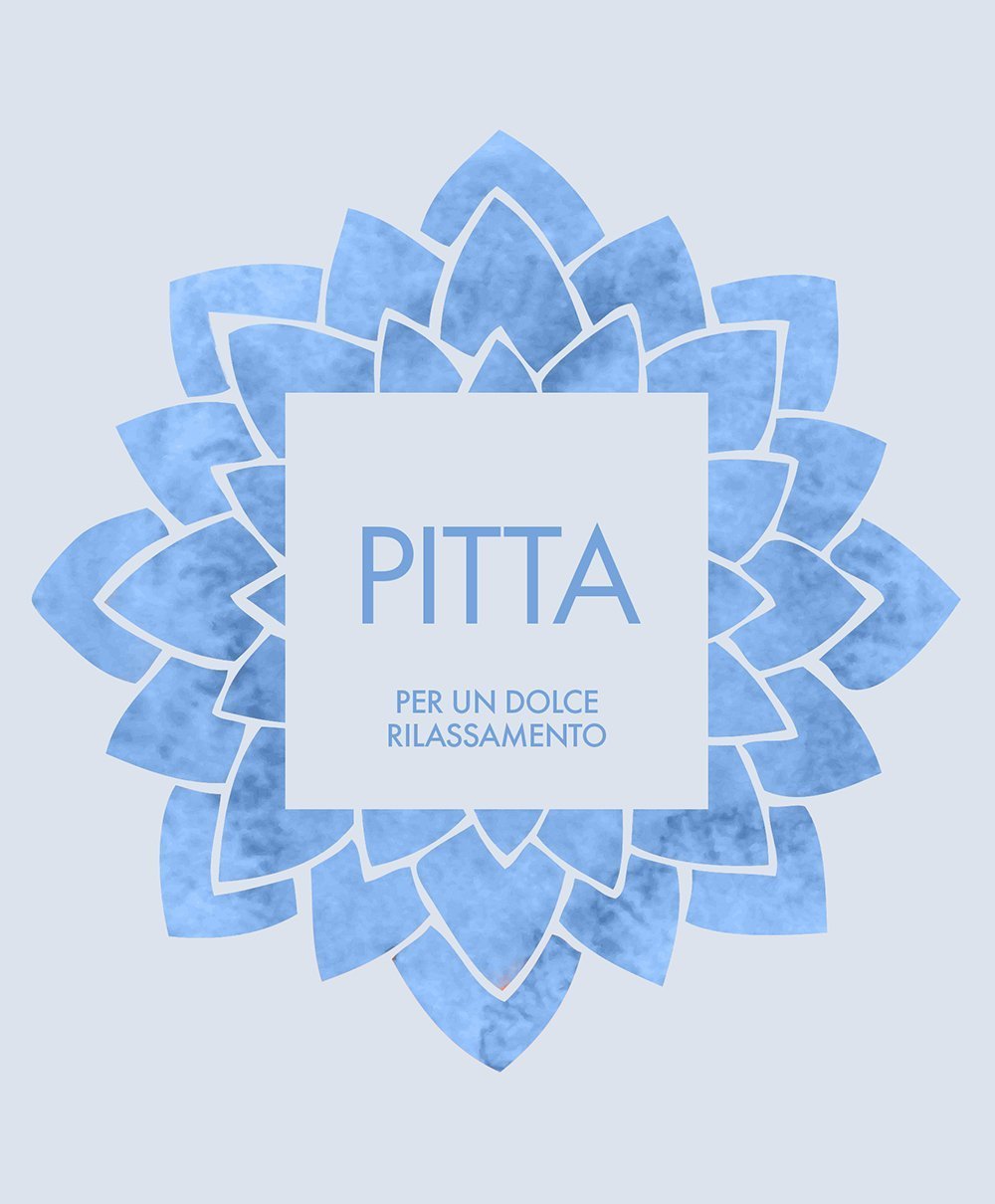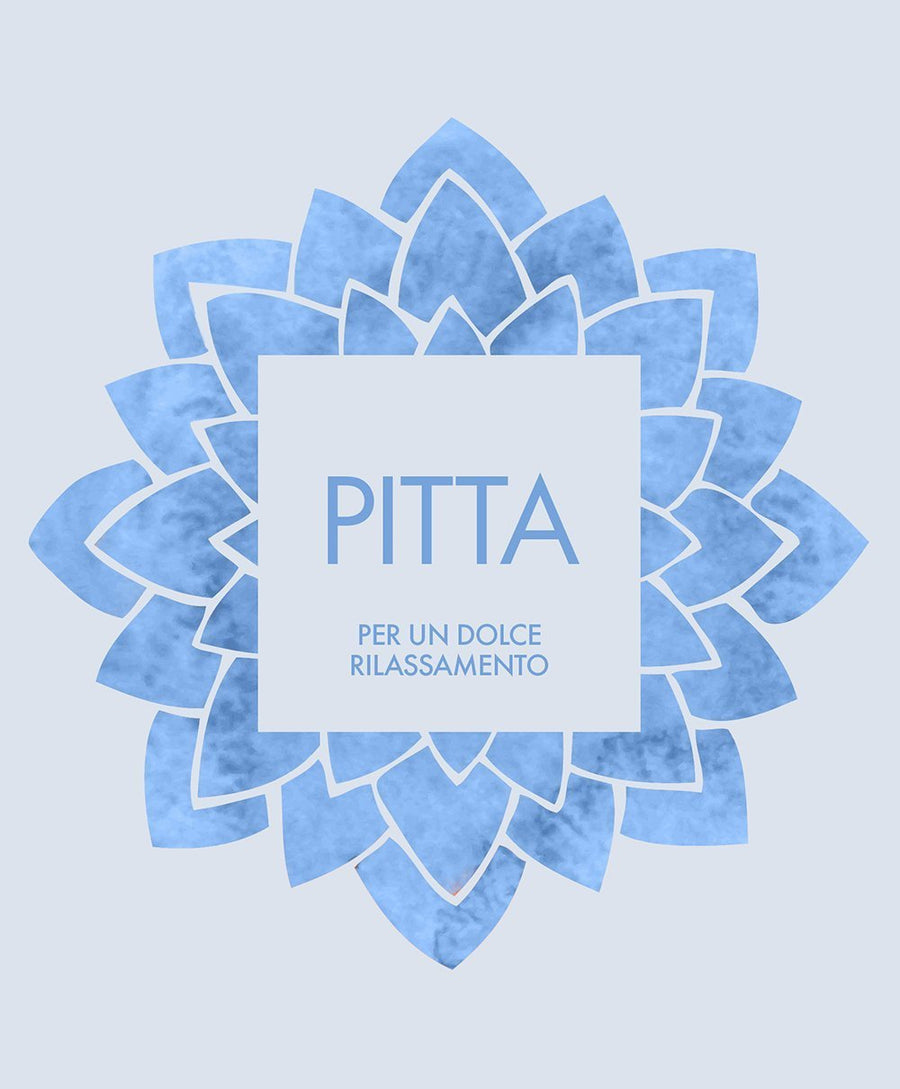
PITTA
Music tracks in digital format
- In stock, ready for shipment
- In arrears, shipping shortly
- Carbon Neutral Shipping in 24/48 hours
- 100% Natural Products
- Secure payments with Card/PayPal
Violins, violas
Duduk, violin, piano, played in a special way.
Stimulating and cheerful melodies, the fire element brings emotions and passion, there is activity, transformation.
"String instruments are used to create a gritty sound, which is Pitta; the violin is the quintessential Pitta instrument, it is fire."
Pitta Bhu Ga – very balanced and calm, brings attention to the third chakra. Raga often played around midnight. Strings (cora, oud, harp).
Vasant Mukhari – very fascinating, intriguing, passionate. It uses one of the scales also used for flamenco. Played with great care so that it does not become too stimulating; there are notes that have a different effect, depending on how they are played (rhythm between the notes, tension between the notes, use of intervals, a fourth interval creates tension (rock, always suspended), a third interval does not create tension, a fifth interval (C-D-E-F-G) makes you feel good right away. The intervals are the distances between the notes.
Raga Jog – the quintessential Pitta balancing. Sitar played by Paolo. There is the introductory part of the piece (alap), meditative without rhythm.
THE TRACKS ARE MP3 FILES (NO CD will be sent)
"The whole album has round sounds. Music is not just a matter of melodies and chords, it's a matter of sounds. Some sounds are so rich that even with a single note, you can listen to the sound for hours and hours."
Shantam has conducted thorough sound research, even in the studio, on frequencies. There are some waves that need to be stimulated and not others. A single sound can completely shift a person's energy. In sound, there is the soul of the one who plays. The same instrument played by two people produces completely different sounds, or even by the same person at different times.
The selection of the raga is made by Paolo Avanzo. He has chosen three Raga for each Dosha.
Research on Raga is complex because traditionally musical information was "secret"; only now is there beginning to be openness and dissemination of this precious knowledge.
"Over time, one begins to recognize what leads towards one Dosha or another."
The same Raga in two different contexts, or due to a different state of mind of the musician, changes.
Shantam has tried to create sounds that accompany people into a state of relaxation:
"round sounds, not scratching; the sound waves are specifically chosen and shaped to give softness, to permeate, to enter into people."
Like a very deep massage, even if slow.
Tuning of the instruments:
'The A in France in the nineteenth century was used at 435 Hz; in the nineteenth century, there was a proposal from Rome to raise it to 450 hertz. Verdi proposed 432 hertz as the ideal tuning, because at 432 Hz, peaceful, natural mathematical harmonics develop; however, it was established as a general convention to use 440 Hz.'
Playing the same piece with the two tunings, one can feel that 432 hertz is warmer, more intimate, more natural, more enveloping.
In previous years, Shantam felt something out of tune, shrill, in the 440 hertz intonation, while with 432 hertz that sensation disappears; therefore, the records are recorded at 432 hertz so that those who listen to them will perceive music that is even more balancing.
Raga Timings / Dosha Timings
The intervals of the Raga: every three hours
The intervals of the Dosha: every four hours
There are overlaps.
So it is very complex and not easy to read in this key.
Music V images of space and air
Music P images fire and movement
Music K images land hills water



